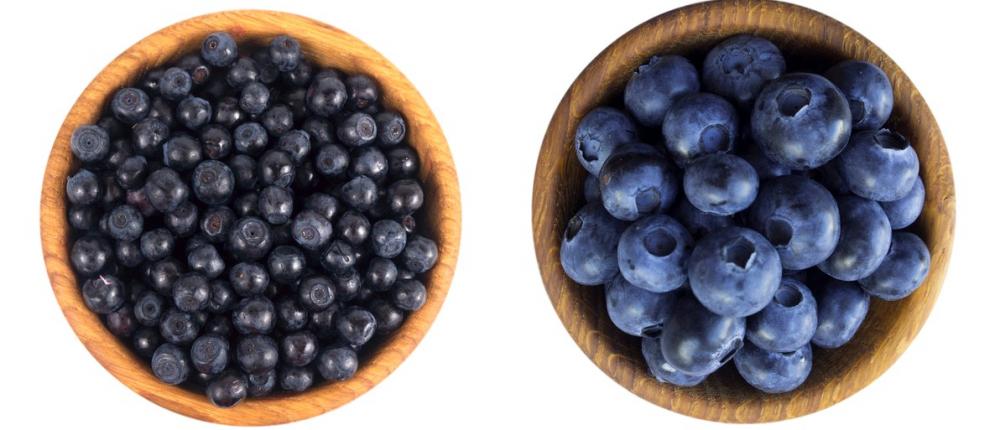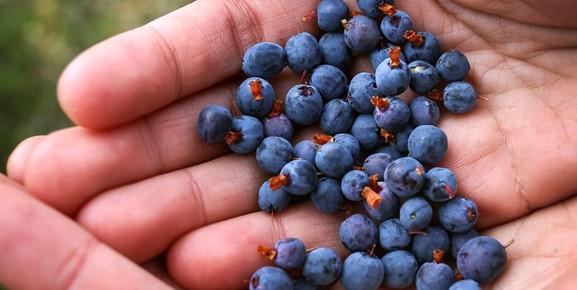3 min Read
Spring is in the air. Finally! Coming out of this especially challenging year, we could not be more ready to ditch the gray cold, and to get outdoors. Bring on the sun, flowers, picnics…and, of course, blueberries! Whether it’s pie, pancakes, or straight out of the carton, blueberries are one of America’s most popular fruits, and for great reason. This low-calorie, sweet treat is among the most nutrient-dense of berries, packed with fiber, vitamin C and vitamin K. But believe it or not, blueberries weren’t even domesticated until 1900 – when plant breeders unlocked the secret to successful cultivation: acidic soil.
“In the U.S., we eat a lot of blueberries,” says Dr. Patricio Munoz, blueberry breeding and genomics professor at the University of Florida. In fact, in 2017, the U.S. accounted for roughly 40% of global blueberry production but consumed over 60%.
The first varieties of blueberries in the early 1900s came directly from the wild. These Highbush varieties ranked high in size and flavor, but could only be grown in northern climates. While places like Florida had plenty of wild blueberry varieties, they were generally small and poor in quality and taste.
Decades later, as scientific understanding progressed, plant breeders began to wonder, could they use the power of genetics to enable locally-grown, high quality blueberries in warmer-weather climates? In the 1950s, a team of plant breeders from the University of Florida and the United States Department of Agriculture (USDA) teamed up to tackle the challenge. The result? The popular new Southern Highbush—a blueberry type expressing the best characteristics of the Northern Highbush (i.e. flavor and yields), crossed with a wild Florida species, adapted to the warm, wet climate.
Breeding over time has allowed new blueberry varieties to better adapt to changing environmental conditions, and to thrive in locations, like Florida, where they once struggled. And the applications have extended far beyond the state—across the entire Southeast, to Texas and California, and even internationally. In fact, more than 70% of global Southern Highbush varieties can be traced back directly to the research at University of Florida. “Our focus is local, but our impact is global,” says Dr. Munoz.
Historically, it takes about 15 years to develop a new variety of blueberry. However, recent advances in genomic sequencing are allowing breeders to develop better varieties in less time, and with more efficiency and accuracy, than ever before. Breeders like Dr. Munoz are excited for the what the future could hold—from better tasting, more nutritious fruit that encourages healthier diets, to higher yielding, more resilient plants that can grow with the use of less resources. And with new breeding tools like gene editing on the horizon, these advances could be even further accelerated in the years ahead.
While blueberries remain a favorite spring and summer treat, thanks to plant breeding, we have access to more local, better quality, and sustainable varieties—all year long—than ever before. So whether you like your pie with a side of coffee, or à la mode, the next time you cut into that slice, you can thank a plant breeder!



